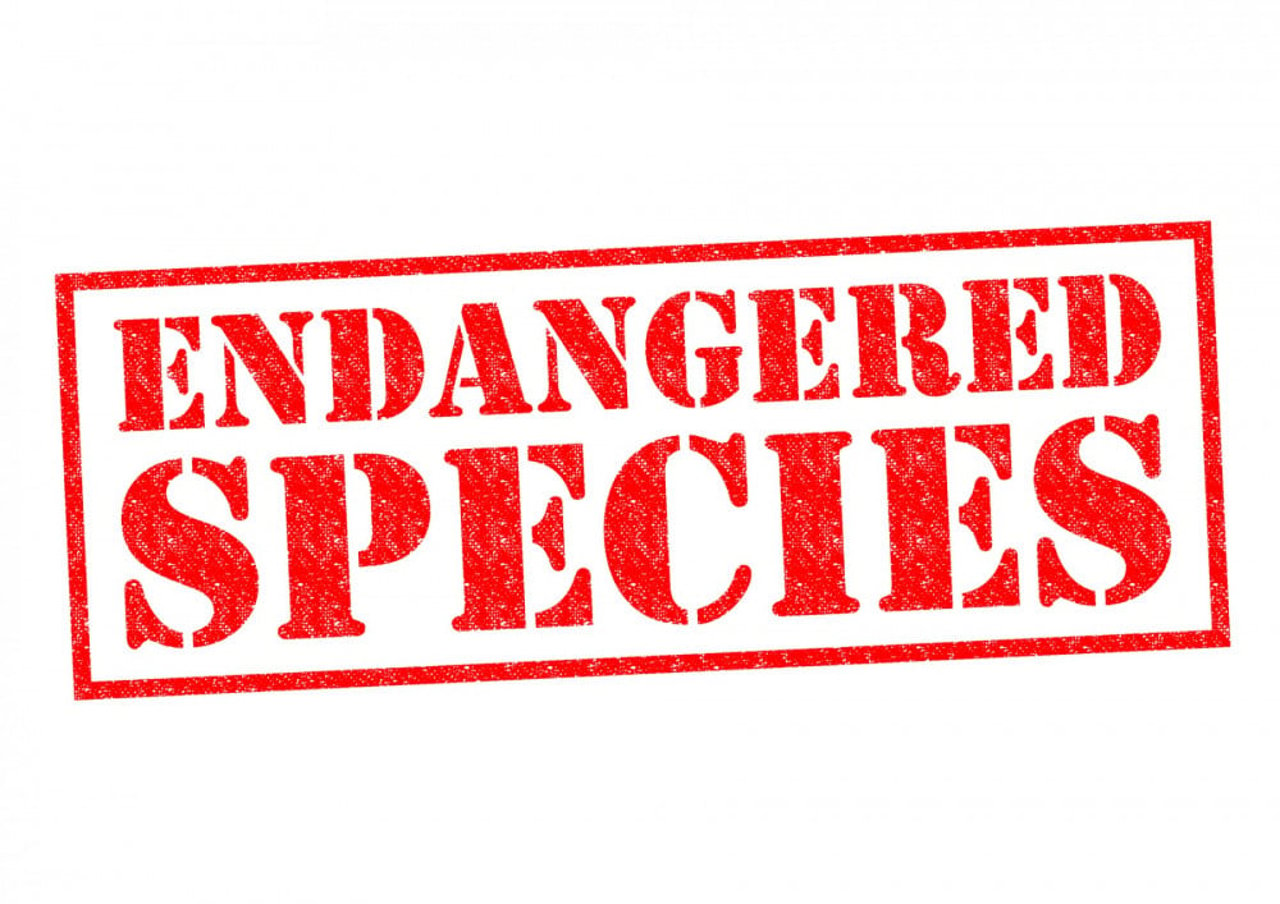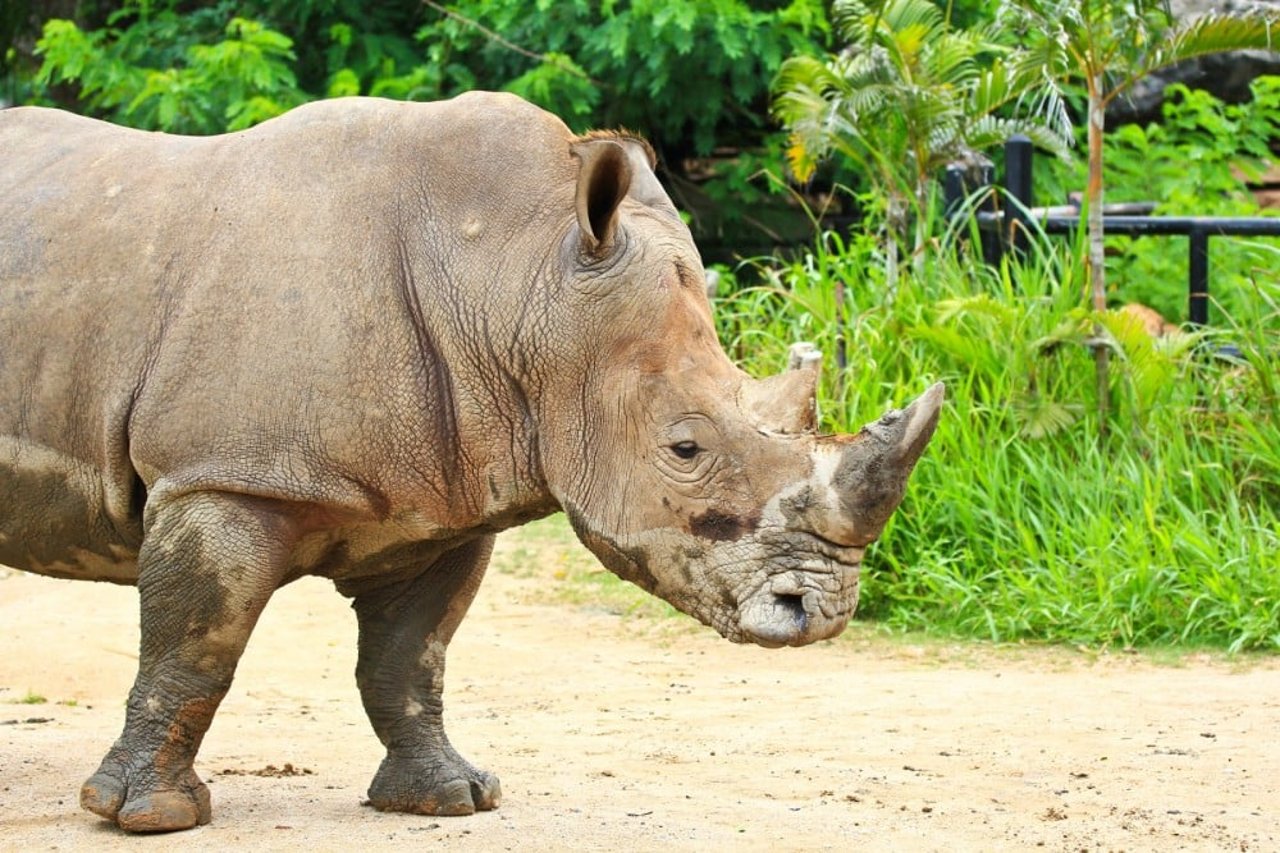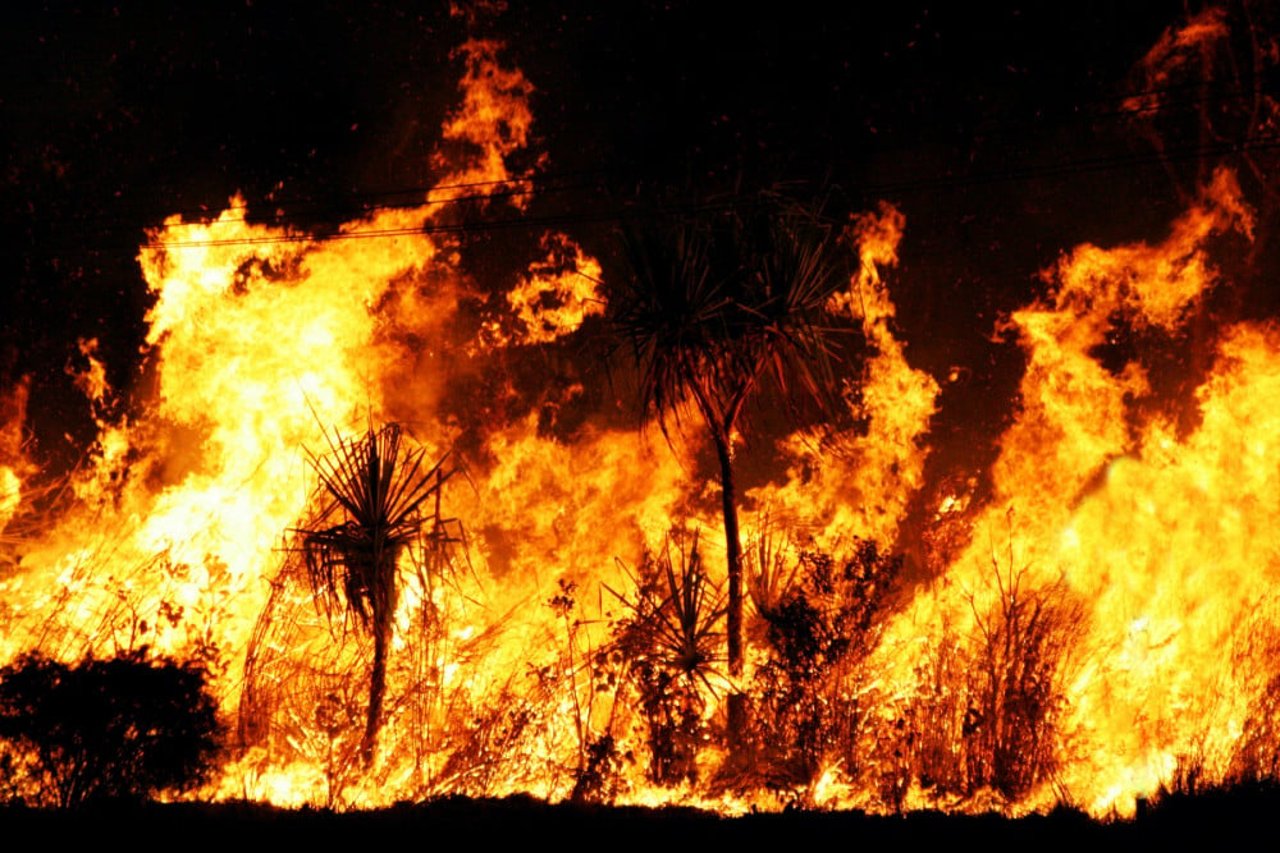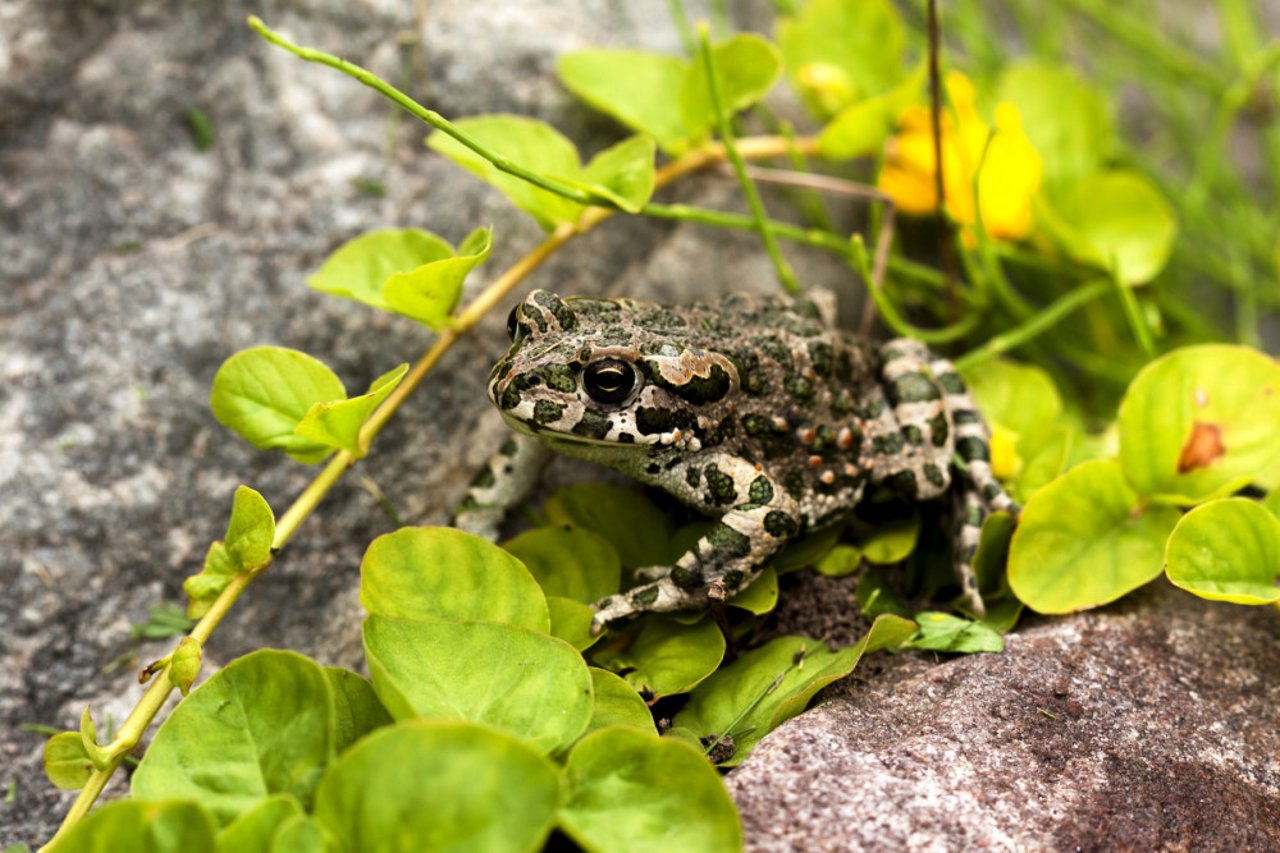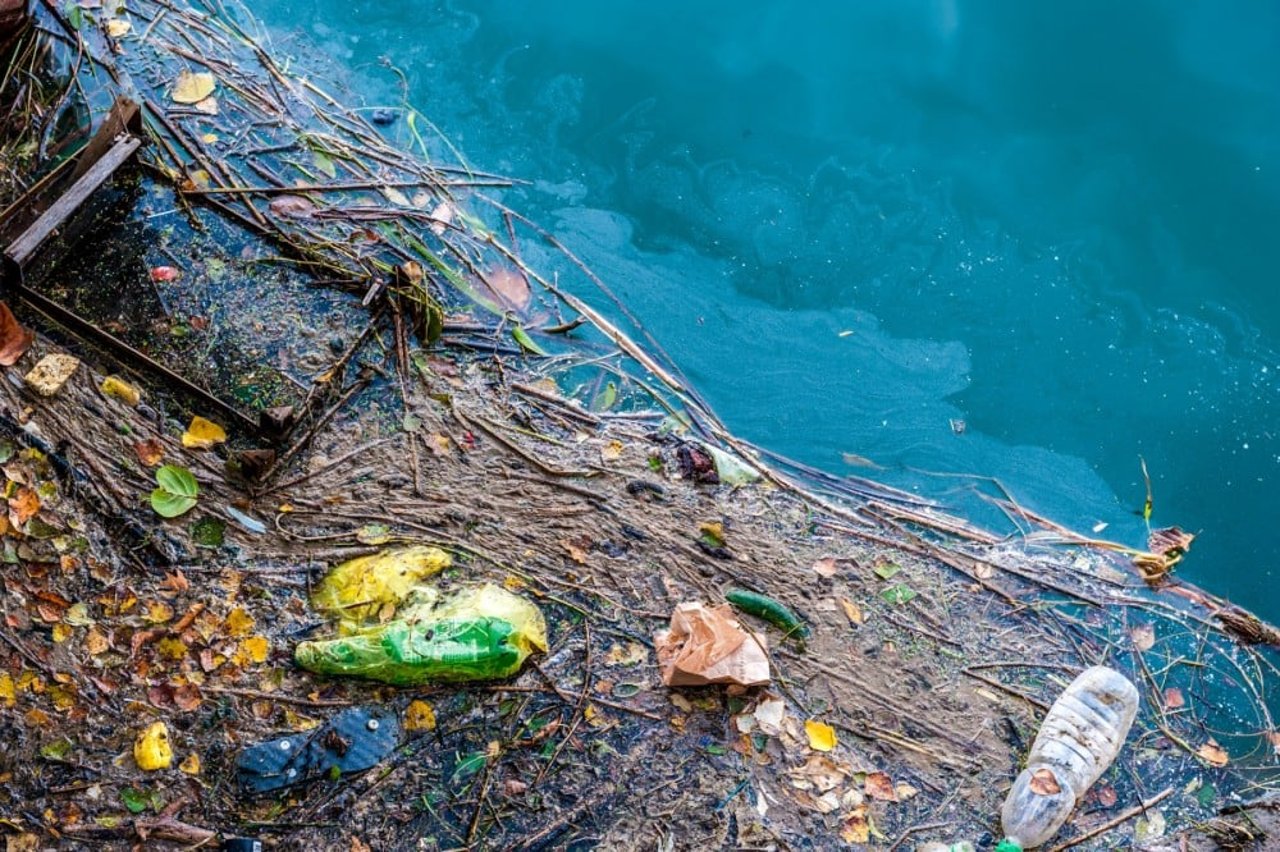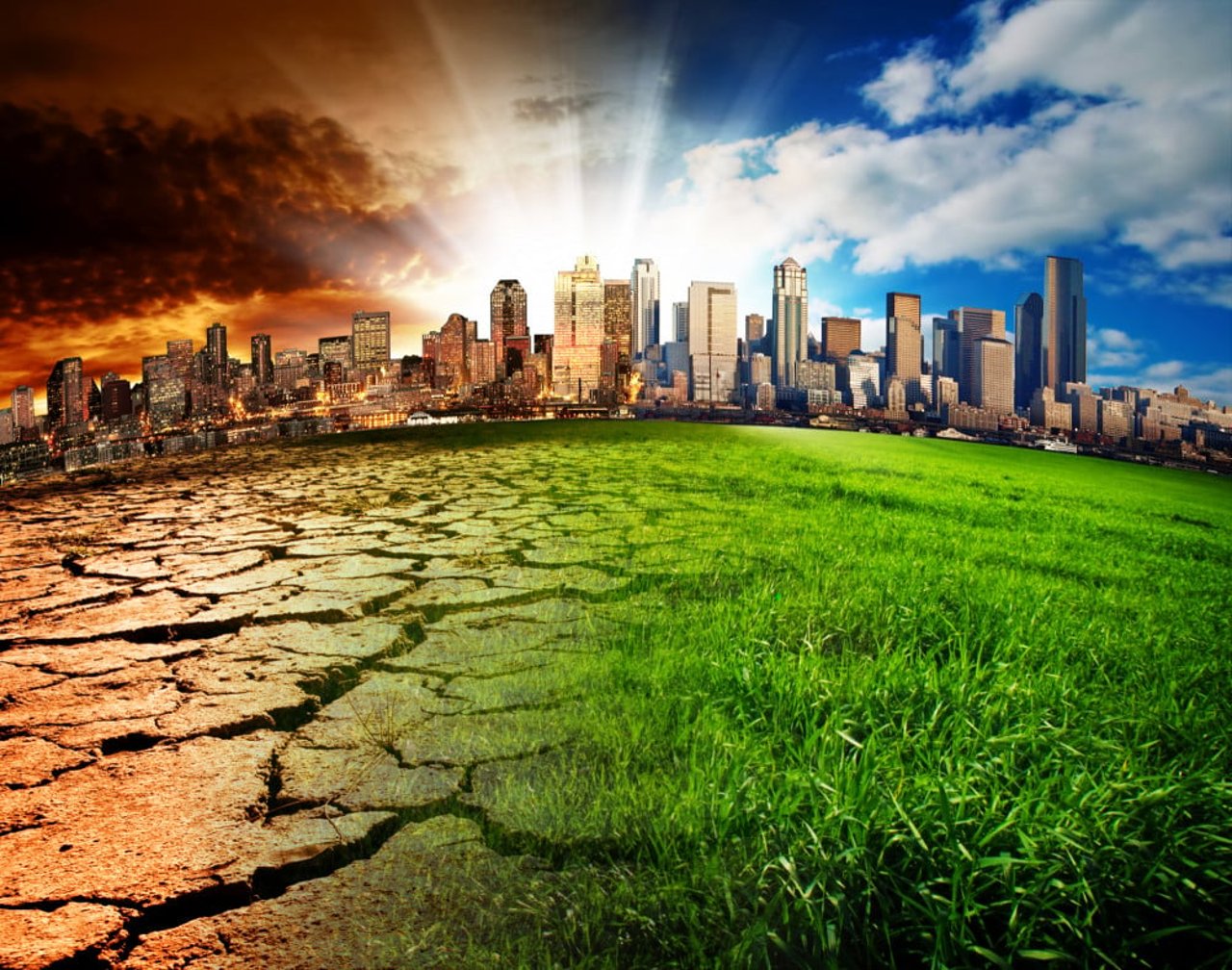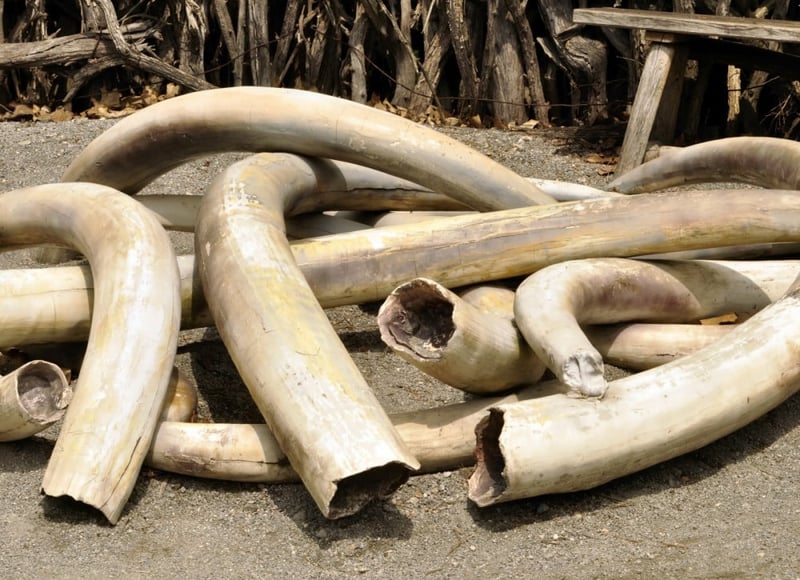
Wildlife on planet Earth is under siege from all sides, facing down habitat loss and the impact of climate change. Some of the biggest threats to wildlife include illegal wildlife trade, habitat destruction, invasive species, pollution, and clime change.
The need to preserve Earth's wildlife
The International Union for Conservation of Nature (IUCN) estimates that 27,000 species of the ones assessed are at risk of extinction. Expanding to all existing species, a 2019 UN report on biodiversity put this estimate even higher at a million species. It's also being acknowledged that an increasing number of ecosystems on Earth containing endangered species are disappearing.
To address these issues, there have been both national and international governmental efforts to preserve Earth's wildlife. Prominent conservation agreements include the 1973 Convention on International Trade in Endangered Species of Wild Fauna and Flora (CITES) and the 1992 Convention on Biological Diversity (CBD). There are also numerous nongovernmental organizations (NGO's) dedicated to conservation.
Wildlife is suffering
Wildlife on planet Earth is under siege from all sides, facing down habitat loss and the impact of climate change. Some of the biggest threats to wildlife include illegal wildlife trade, habitat destruction, invasive species, pollution, and clime change.
Illegal Wildlife Trade: The illegal wildlife trade is the fourth largest criminal industry in the world, after drugs, arms, and human trafficking. Gathering in over $US20 billion a year, it is also one of the biggest threats to some of the most iconic species on the planet, like the rhino and the elephant.
Habitat Destruction: The fires that swept across the Amazon and Australia rightly drew attention to just how fragile the most important ecosystems are. Half of the world’s original forests are gone, and what remains is being cut down ten times faster than it can be replaced.
Invasive Species: Whether accidentally or intentionally introduced, the non-native species grow and reproduce rapidly, then spread across ecosystems aggressively. They are one of the leading threats to native wildlife, putting 42% of threatened or endangered species at risk.
Pollution: There are 500 times more pieces of microplastic in the sea than there are stars in our galaxy. Eight hundred million tonnes of plastic are dumped into the ocean each year, washing up on previously pristine parts of the planet and is a threat to the survival of more than 600 species of marine wildlife[1].
Climate Change: From more regular and fiercer storms to more prolonged and more intense droughts, the impact of climate change is rising ocean temperatures and diminishing Arctic sea ice affecting marine biodiversity, shifting vegetation zones and forcing species to adapt to new conditions.
The health of ecosystems on which we and all other species depend is deteriorating more rapidly than ever. We are eroding the very foundations of our economies, livelihoods, food security, health, and quality of life worldwide.
What is needed?
Public awareness and education must play an essential part in teaching an environment of compassion in protecting animals with sustainable solutions to address these issues. And all these need to be discussed collectively at a global scale to make a positive impact. In addition to this, we need to be mindful of tackling increased urbanization, rising temperatures, and ecotourism, which are negatively contributing and fueling to affect wildlife.
Dramatic urbanization has led species living in urban environments to develop differently from their non-urban counterparts. In the last 50 years, the global average temperature has risen at 170 times, having dangerous effects on wildlife populations. Although ecotourism can help to raise awareness of wildlife, it has severe adverse effects like chronic stress and decreased immune systems[2]. The scale of the problem is multifaceted; as individuals, we can strive to lower the carbon footprint and urge governments to help make our countries greener.
